We go to Japan to experience Mazda’s premier touchpoint
A BRIGHT SUN basks the verdant landscape of Oyama in the Suntō District of the Shizuoka Prefecture with a warm, reassuring glow. However, as we arrive by coach at the Fuji Speedway, the iconic Mt. Fuji after which the circuit is named still hides her majesty behind tufts of clouds. We do not get lucky this time.
Nonetheless, our delegation of media practitioners, content creators, and select members of the Miata Club Philippines are fortuitous to be here to witness another staging of the Mazda Fan Festa — an annual gathering that makes this otherwise serene and sleepy part of Japan hum with life and activity. It’s everything Mazda here today. We arrive on a Sunday — the closing canto of the two-day spectacle — and there are still lots to take in and go through.
Even on the other side of the underground tunnel that gives us access to the track itself, we can hear the distinct brrap-brrap of Mazda’s legendary rotary engine — shelved for use in current vehicles but whose legend and lore are kept alive by the myriad of past sports cars onsite today. “It’s as characterful as it is inherently flawed,” says Top Gear Philippines Publisher Carlo Chungunco of the classic mill as we sit and catch our breath after doing a lot of walking to take photos and video as well as gawk at the goings on.
Primarily made for the Japanese domestic market, the Mazda Fan Festa was first staged in 2016 — a brainchild of Mazda Motor Corp. Brand Experience (or BX) Promotion Division General Manager Eri Fujimoto, who used to be the general manager of the CS Business Development Department.
Appointed to her new post in 2023, Ms. Fujimoto’s new area of focus is firmly predicated upon one of Mazda’s declared brand purposes, “(to) create and expand opportunities for customers to experience the Mazda brand globally to gain empathy for the ‘joy of driving’ set forth in the 2030 Vision and to enhance brand value.”
Fan Festa encapsulates the marque’s motorsport history through, yes, all sorts of races, and is highlighted by car displays, third-party exhibitors hawking everything from after-market parts or upgrades, fan merchandise, toys, services and, of course, delicious food. Fan Festa truly has everything for everyone at any age.
Mazda itself was established in 1920 in Hiroshima, starting as — believe it or not — a cork company, the Toyo Cork Kogyo Co., Ltd. with Shinhachi Kaizuka as its first president. The year after, Jujiro Matsuda took over. The firm only started to produce vehicles in 1931 with the introduction of the Mazda-Go “auto rickshaw,” a name for three-wheeled vehicles designed for both commercial and private use. The name “Mazda” is said to have come from the name of Ahura Mazda, the god of harmony, intelligence, and wisdom.
Today, Mazda is known for defining technologies and touches that have become hallmarks of its vehicles at one time or another. One is the aforementioned (piston-less) rotary engine designed by German engineer Felix Wankel and modified for increased commercial viability by fellow German Hanns-Dieter Paschke. Other standouts include the brand’s telltale Kodo Design language and SkyActiv platform — underpinned by a “human-centric design philosophy” and the so-called “Jinba-Ittai” or “horse and rider as one.”
We sit with Fujimoto-san for a brief question-and-answer session in one of Fuji Speedway’s conference rooms, facilitated by Mazda Philippines President Steven Tan, who accompanies and hosts us — the third time the country has sent a media delegation.
“Every year I come here, I get something new, and it’s better,” Mr. Tan addresses Ms. Fujimoto.
“Well, my motivation is to see our customers smile and enjoy to drive. It makes our staff happier as well… My motivation is to expand this culture (of Mazda) globally. Actually, you in the Philippines are moving faster,” she replies. Mazda Philippines has been staging its own Fan Festa since 2023 — the only other market outside of Japan to use the “Fan Festa” moniker.
Around 20 Mazda dealerships in Japan participate in Fan Festa, adds Ms. Fujimoto. This is in addition to Mazda Motor Corp.’s own executives and employees. Obviously, more than being a touchpoint for customers and fans of the brand, the event is a veritable team-building activity as well as an occasion for more personal interactions among stakeholders. “This is like a platform for interactions as well… How much more can you connect with the brand, its cars, its people, the team, in one weekend? It’s an enabler,” posits Mr. Tan.
I wonder how the Mazda Fan Festa fits into the company’s sales push. I ask Fujimoto-san if she has noticed a translation to increased sales (at least domestically) because of all the interest generated by Fan Festa. Also, what goals does she have for the event, aside from promoting the Mazda culture, its vehicles, and its rich history?
“Well, (for sales) not in the short term, midterm or long term. We are not targeting the business. We are targeting to increase the touchpoints to feel the joy of driving,” she begins. “Our mission and our work is make our customers feel the joy of a drive. So we would like to create experiences that will make people feel the love and joy of a drive. This is the place for that.”
She continues that, through Mazda Fan Festa, the company hopes to also keep its dealer network engaged and to motivate them by making them understand the mission and vision of the brand itself. “It all comes back to our mission,” Fujimoto-san insists.
“It’s a right question,” joined Mr. Tan. “Return is measured in several different ways. First is (engagement). Once you engage, it will then lead to retention… And typically, what happens is that retention becomes advocacy, so the stakeholders themselves become advocates for the brand. So it’s not just the customer but their friends, too. When they advocate, they become like ambassadors of the brand.”
Incidentally, Eri Fujimoto promises to come to the Philippines for the May 2026 staging of our own Mazda Fan Festa. There we made it formal, Fujimoto-san.
Later, we have a short session with legendary Japanese race driver Yojiro Terada — best known for his 24 Hours of Le Mans stints as well as for being Mazda’s factory driver in the ’90s as he participated in the World Sportscar Championship and All Japan Sports Prototype Championship.
The very first car that Terada-san owned was a Mazda R360 — a two-door four-seater kei car — but the vehicle he is most known for is the 787B, which Terada-san had worked on during its “primary stage of development.” A later version of the Mazda 787, the 787B is a Group C sports prototype racing car developed for the World Sportscar Championship, All Japan Sports Prototype Championship, and the 24 Hours of Le Mans. The 787 models have the distinction of being the last Wankel rotary-powered racing cars to compete in these events using Mazda’s R26B engine. In 1991, a 787B driven by Johnny Herbert, Volker Weidler, and Bertrand Gachot went on to victory in the 1991 24 Hours of Le Mans.
Today, Yojiro Terada continues to drive the 787B during Fan Festa and makes himself available to the adoring throng (this writer included) who flock to see — and even get selfies with — him. One can never be too old or too wet behind the ears for Fan Festa.
But better get earplugs for the younger ones. The fun can get loud.

 4 hours ago
4
4 hours ago
4
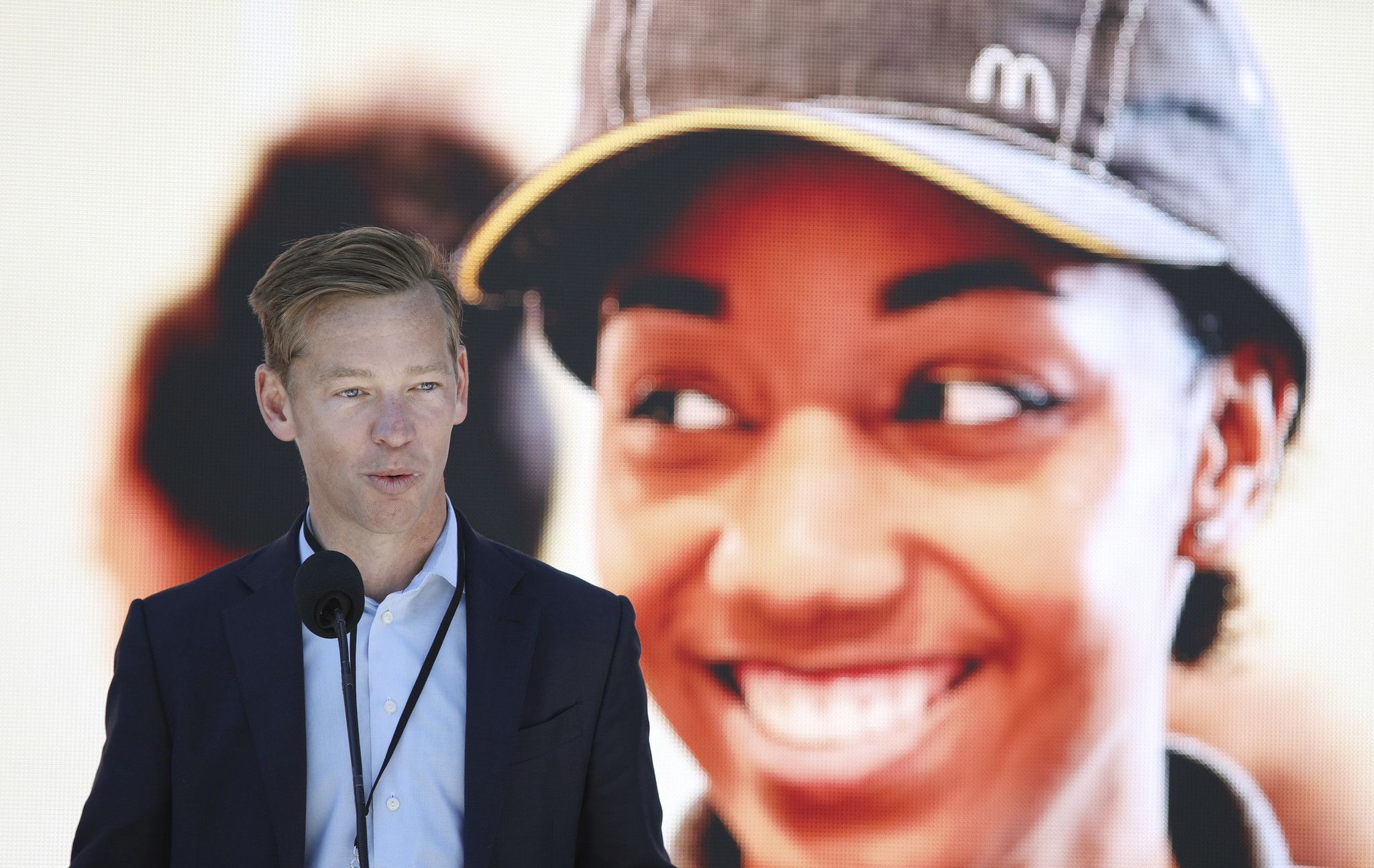
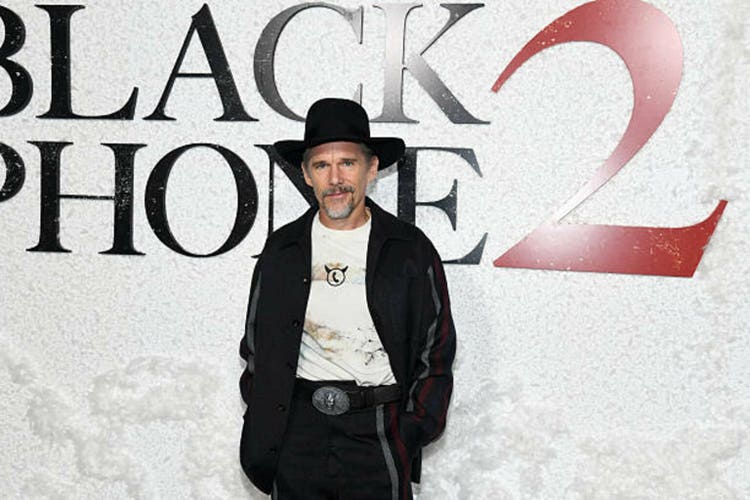
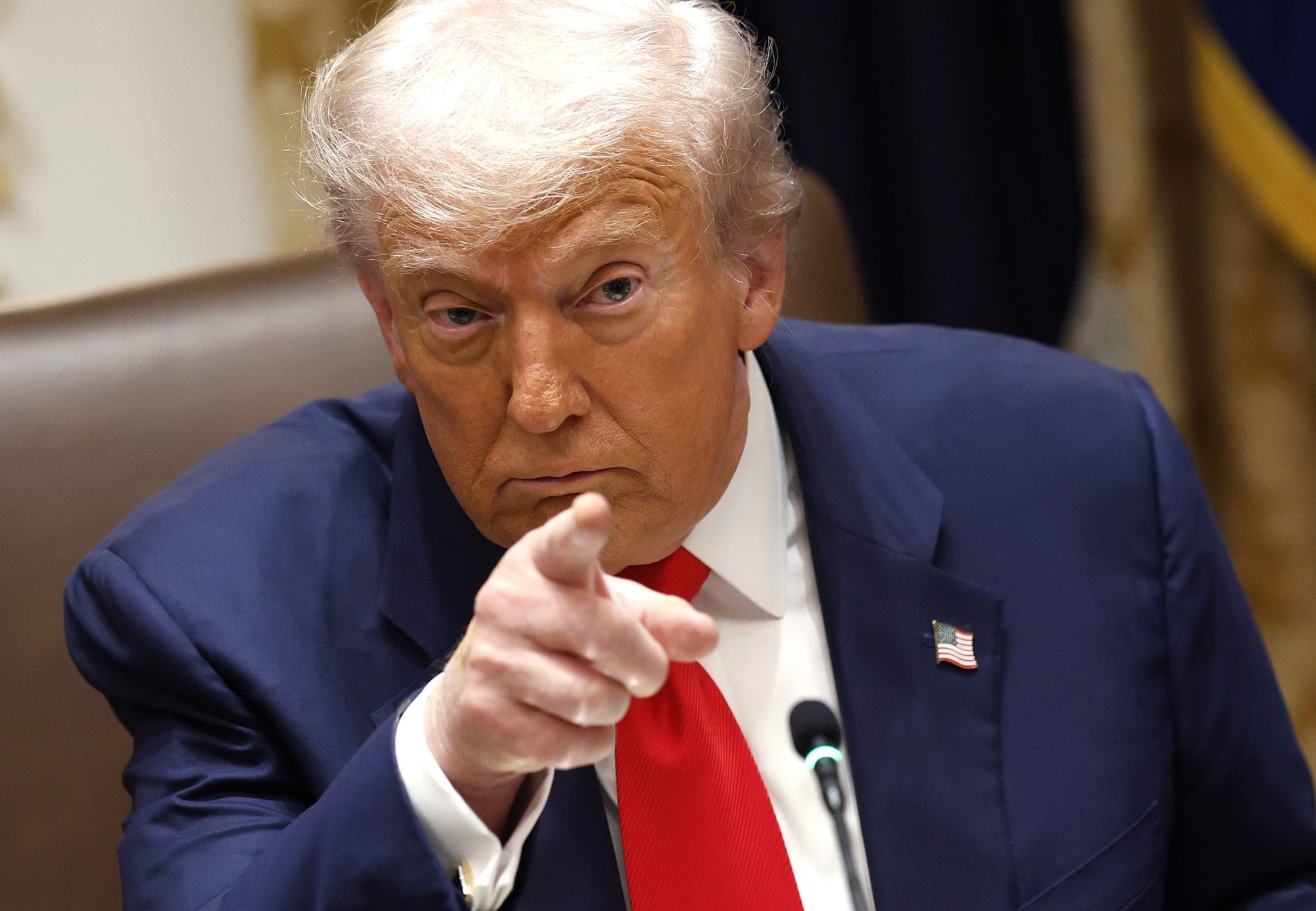
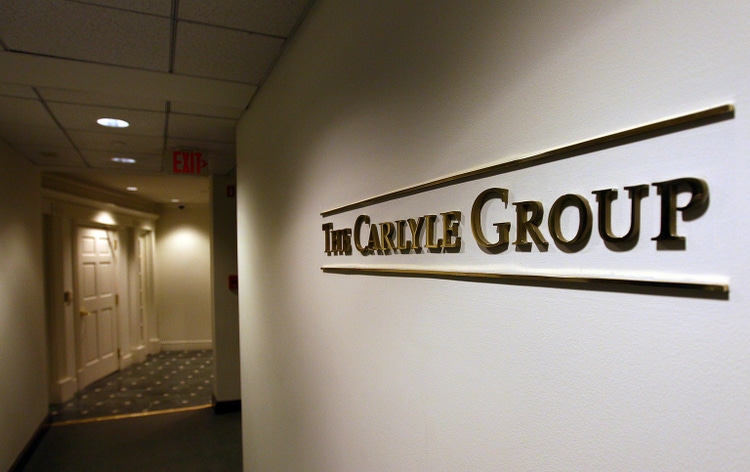


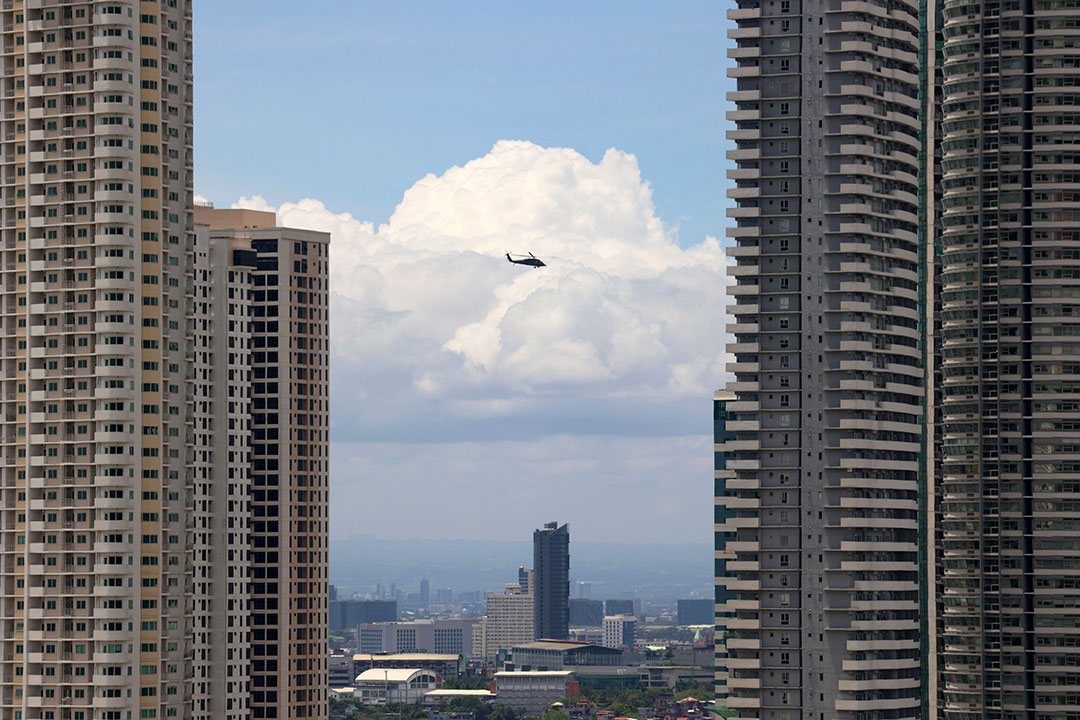
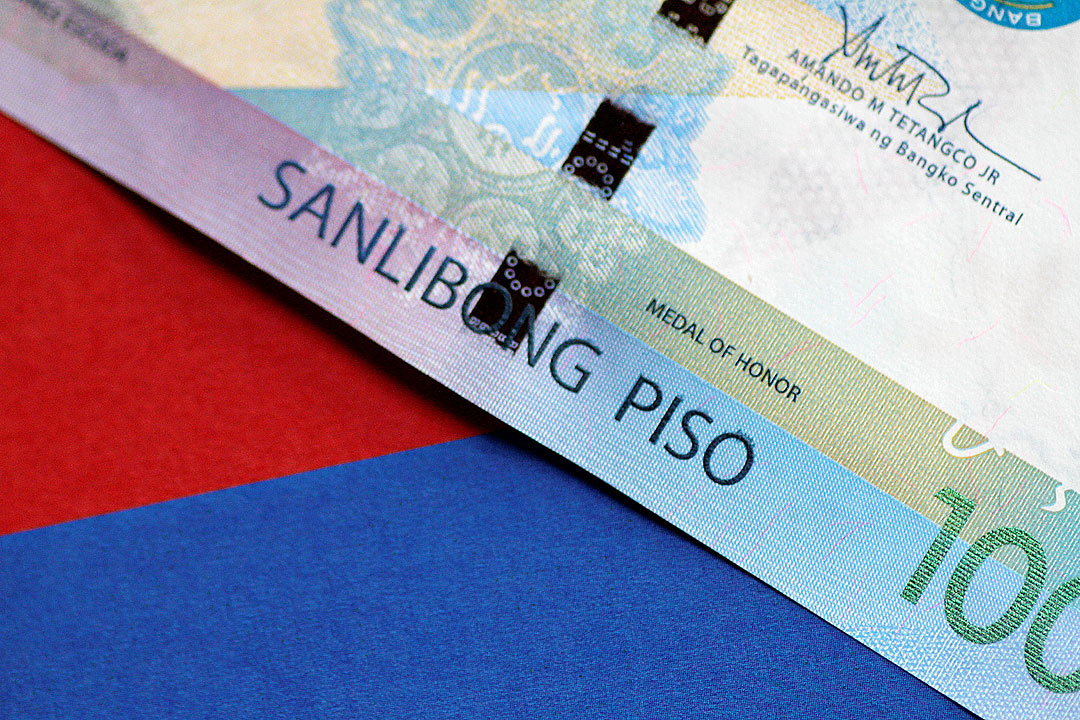
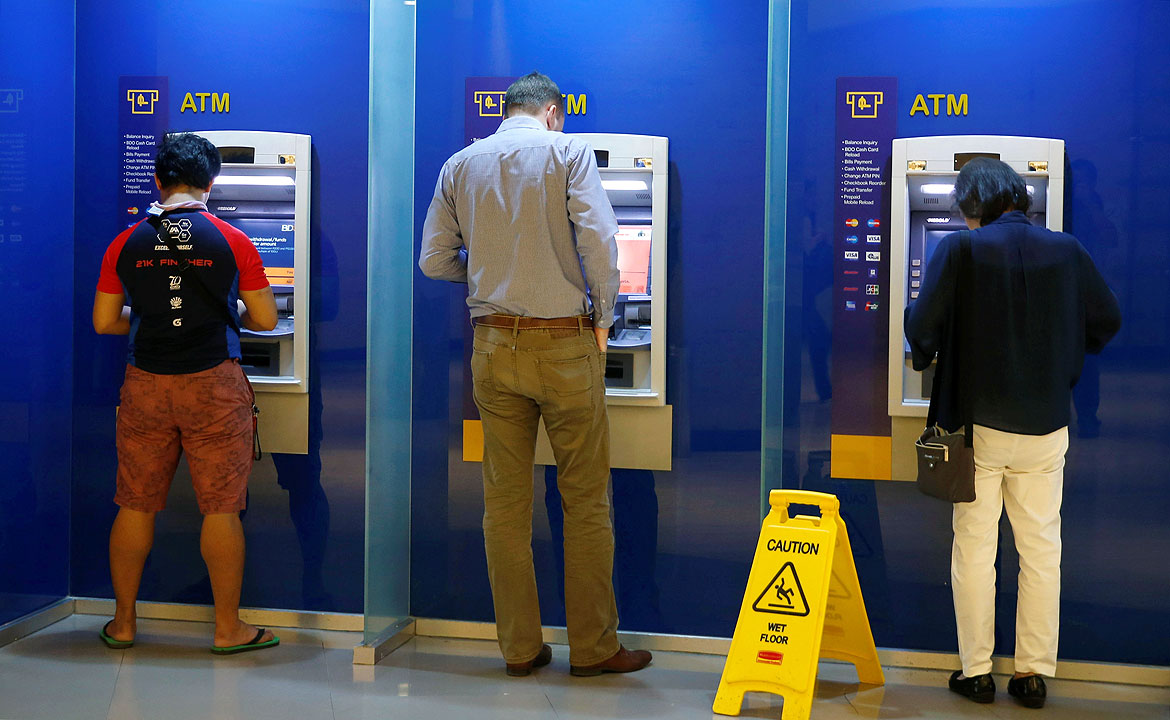
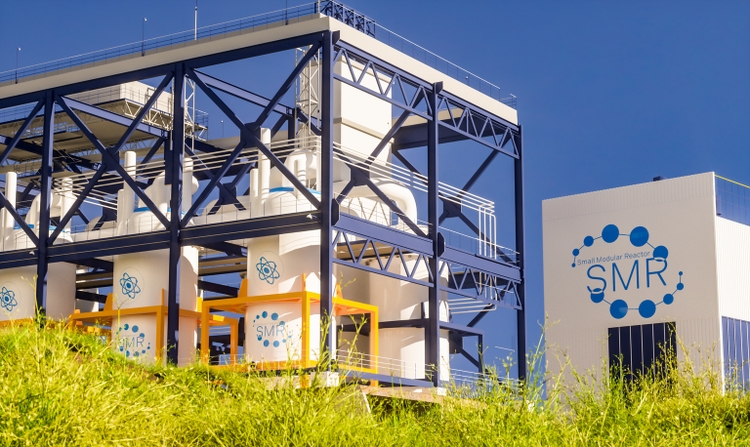

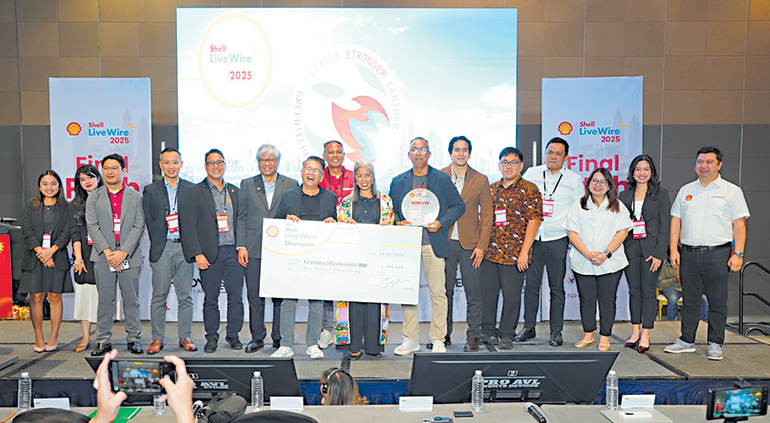
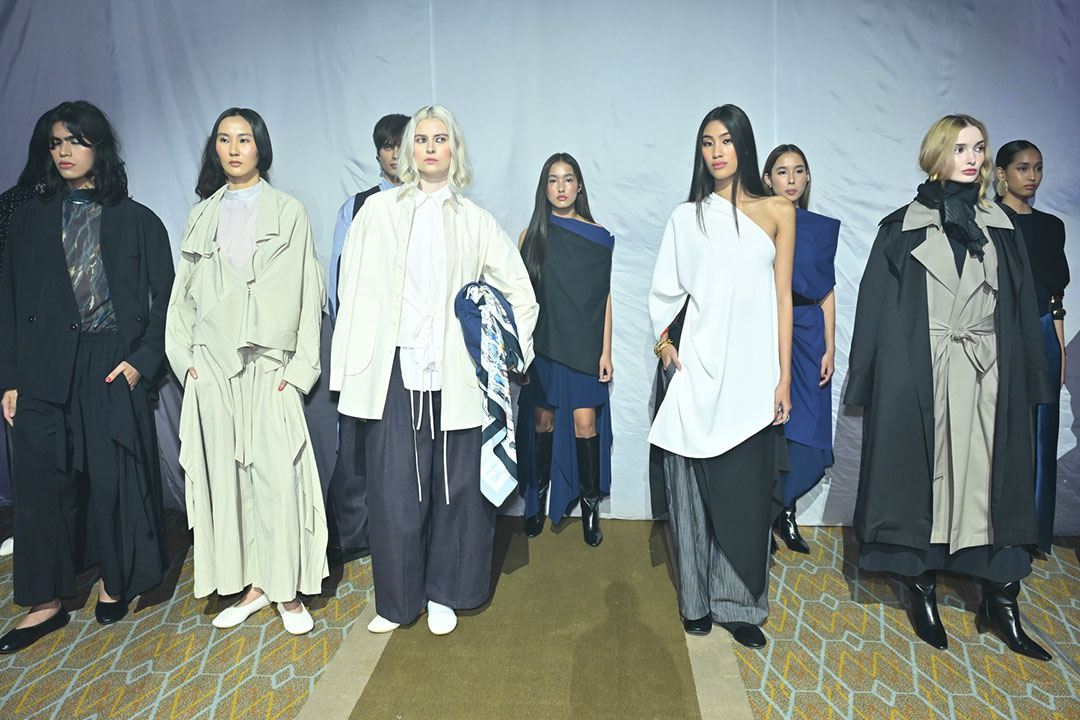
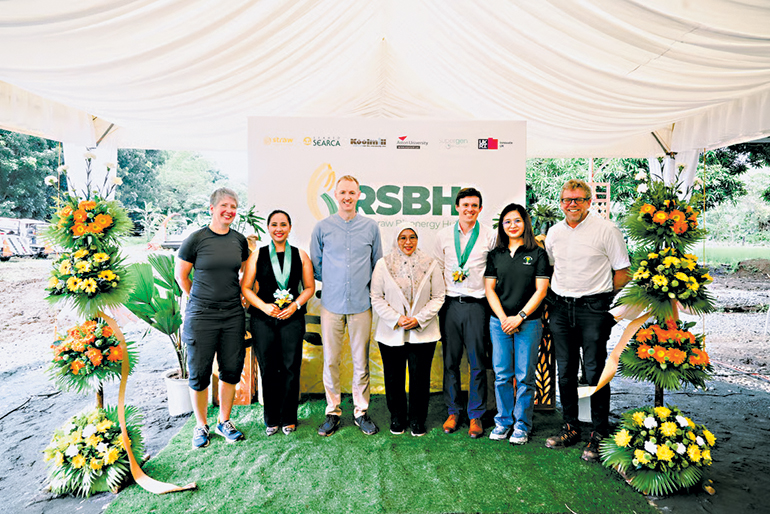
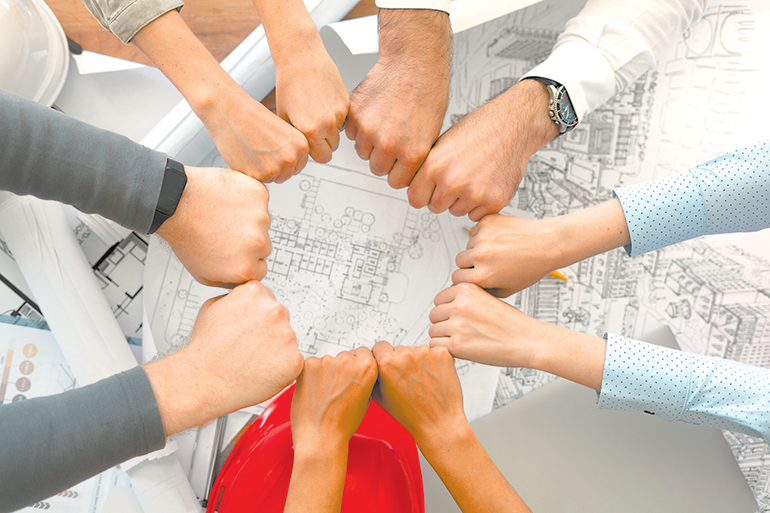
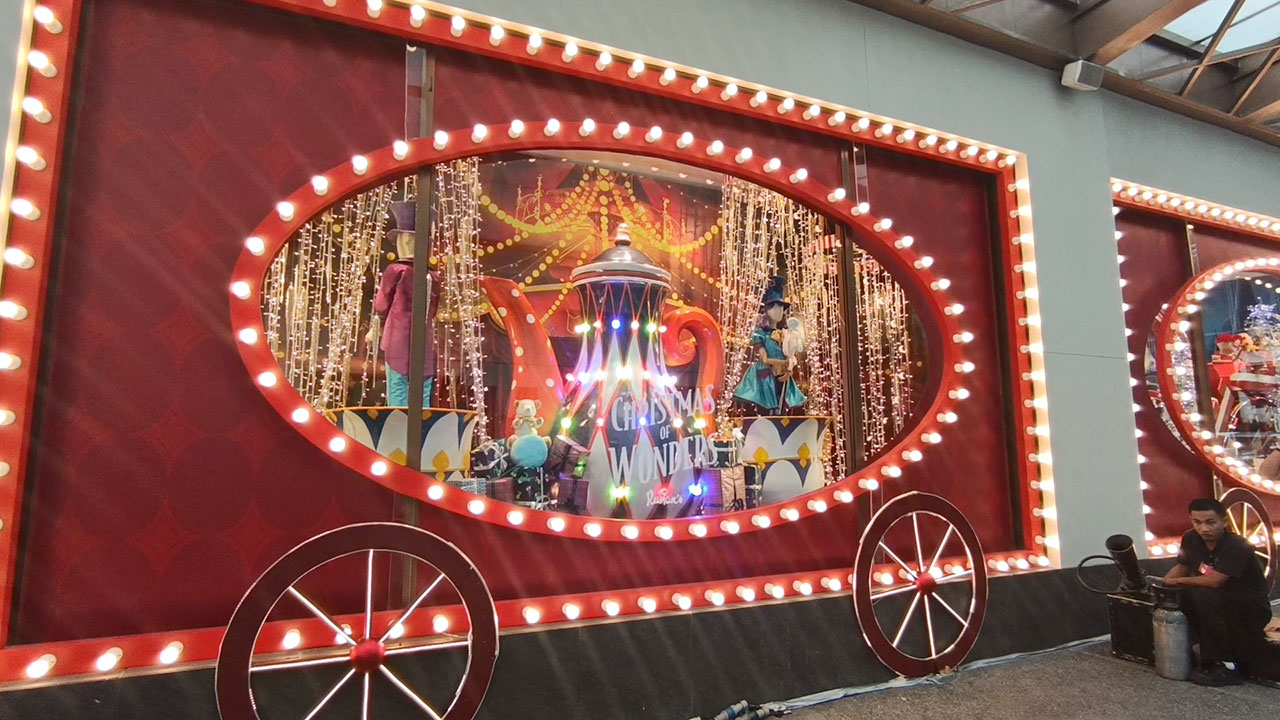
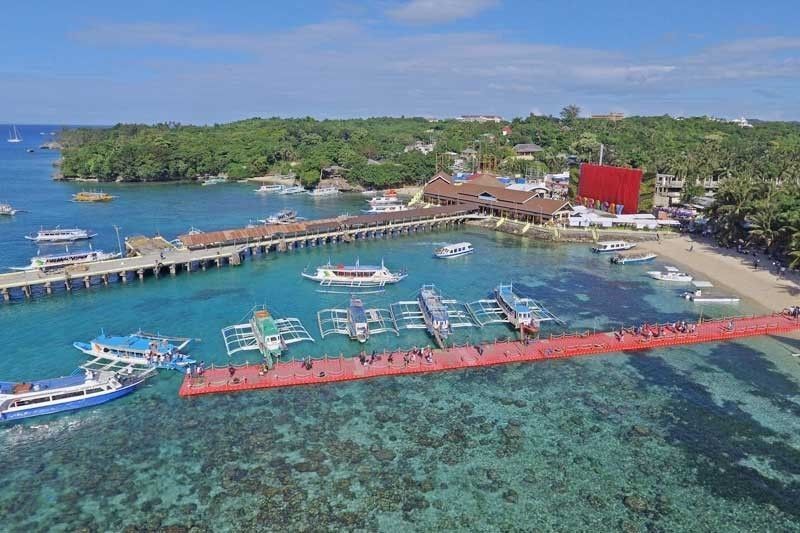
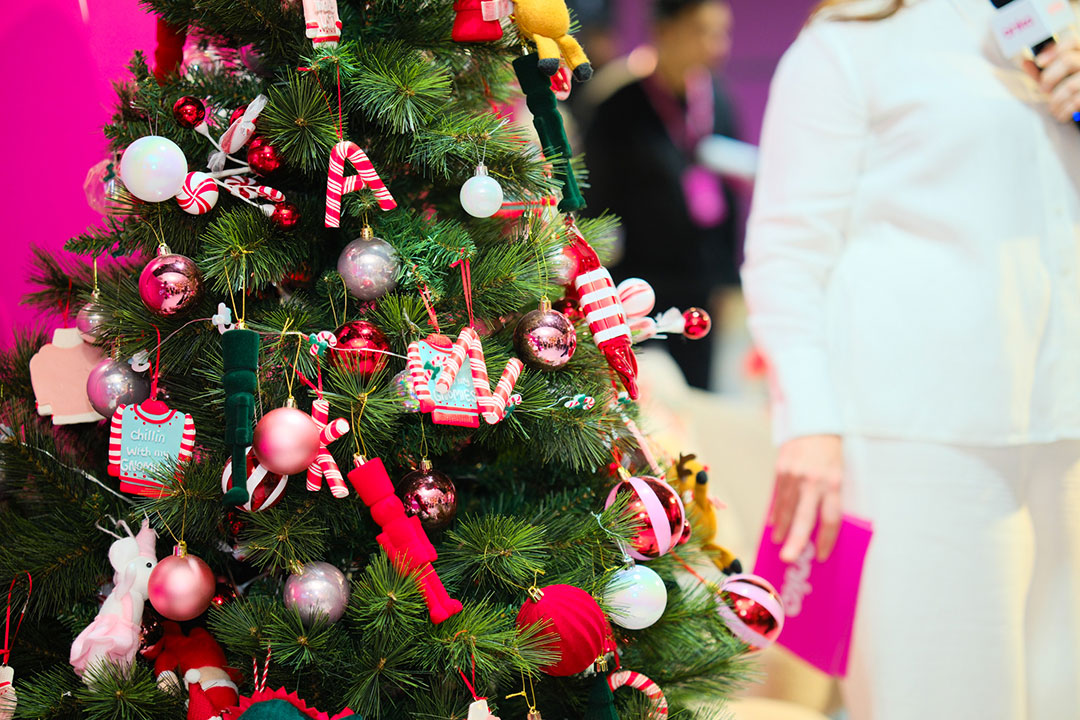


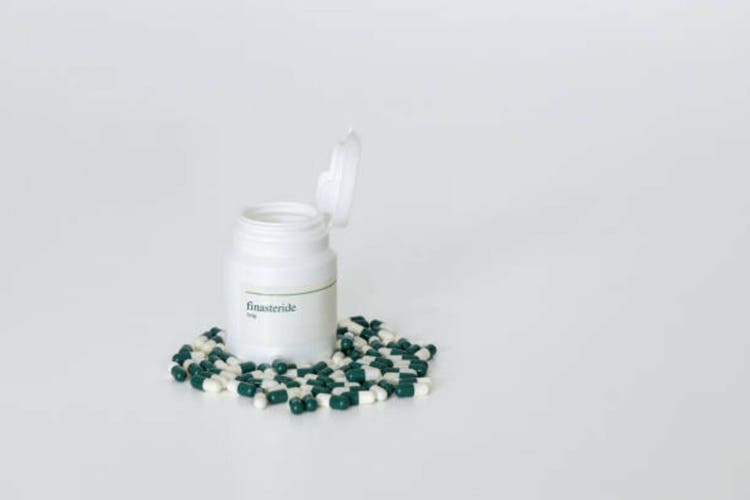
 English (US) ·
English (US) ·